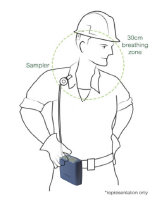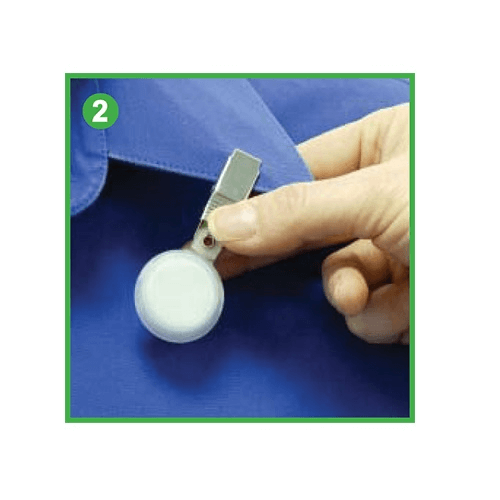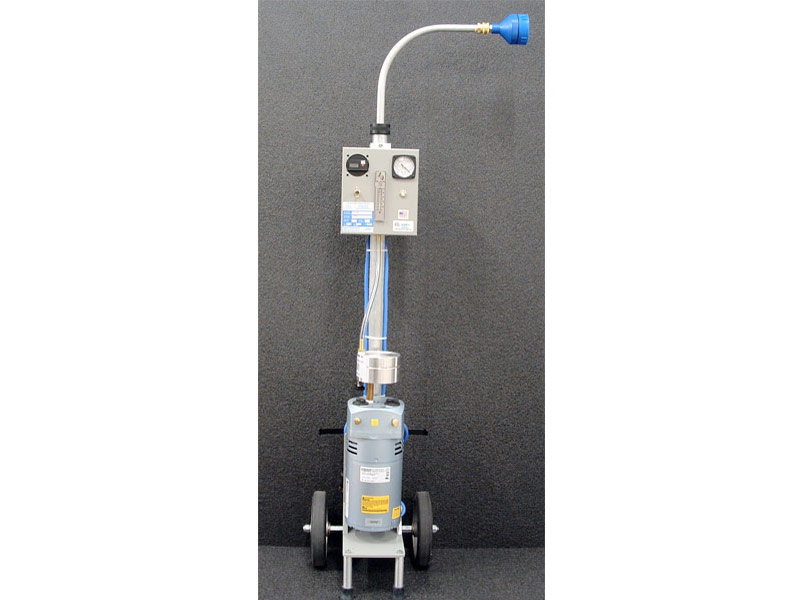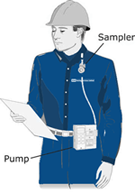


It’s worth noting that pollutants circulating in an indoor environment can and do increase the risk of employee illness, and therefore putting the quality of air at the forefront of employee health is a prudent thing to do.

It’s imperative that air quality within the workplace is of an exacting standard when bearing in mind that employee health, wellbeing, comfort and subsequent, productivity should always be of paramount importance to an employer and/or building management company, and that concerns over air quality should come high up any given agenda. Why is it Important to Ensure Good Air Quality in the Workplace? Essentially, exposure measuring principles of engagement covers a range of alternative indoor air quality recording methods, to ultimately ensure that the air quality fulfils legal obligations, and typically includes Fixed-station Sampling and Monitoring, Continuous Monitoring, Integrated Sampling, Grab Sampling, Monitoring of Ventilation Rate and Personal Monitors and/or Sampling Devices to name just a few of the primary approaches and applications. That’s not an exhaustive means, by any calculations though, and additional sampling may well be sanctioned to assess controls hitherto in place or, conversely requiring immediate instigation. Based on a fundamental survey from the outset, this ‘exposure measurement’ procedure manifests in the typical form of personal sampling whereby air is removed within close proximity to an employee’s acknowledged ‘breathing zone’, so as then to be subjected to a rigorous round of testing to ascertain the recorded volume of airborne substances inhaled by an individual/collective. In terms of actioning the physical aspect of carrying out air quality sampling, and the actual process which determines whether or not the air we breathe at our places of work is continually safe, is a multi-faceted one. More peace of mind comes with learning that employers have a duty of care – as part of their COSHH assessment – to prevent/or control the exposure of staff within their employ to identifiably noxious substances in a workplace scenario specifically in legal compliance with ‘The Control of Substances Hazardous to Health Regulations 2002 (COSHH) Regulation 7’. Understandably, the thought of in some way being able to wrestle control of airborne health hazards is one which might raise eyebrows among the uninitiated, however rest assured there are numerous tried and tested means by which we can ensure that the air in our immediate indoor environments is of a good quality. And with initial exposure, of course, comes the then latent risk of long term health implications. Unfortunately it’s a very real threat which sees many people’s health compromised on a regular basis. Additionally, this research identified the possible factors which could contribute to breathing zone concentration variations.Monitoring the air quality which circulates in a workplace is a hugely important aspect of employer health and safety protocol and practice, as any exposure to hazardous substances is potentially dangerous to our health and wellbeing both now and going forward. This research revealed that the chest sampler provides a consistent relationship to the concentrations measured at the nose for a given job category. Styrene air concentrations detected at the nose were significantly different than those concentrations detected at the other three locations and represented 90 percent, 84 percent, and 76 percent of the left lapel, right lapel, and chest samplers, respectively. Two job classes were studied: the spray gun operators and the rolling and tucking operators. An extensive field investigation in a boat manufacturing plant was conducted where styrene air concentrations were measured by mounting four 3M one-stage diffusion samplers around the worker's breathing zone.

It has been generally assumed that vapor is uniformly mixed in the breathing zone therefore, samplers are placed on either lapel or on the chest of the worker. This zone is considered to have an airborne chemical concentration equivalent to the concentration breathed by the worker. Breathing zone samples are used to estimate worker exposure to airborne contaminants by collecting air from a vaguely defined zone surrounding the head.


 0 kommentar(er)
0 kommentar(er)
